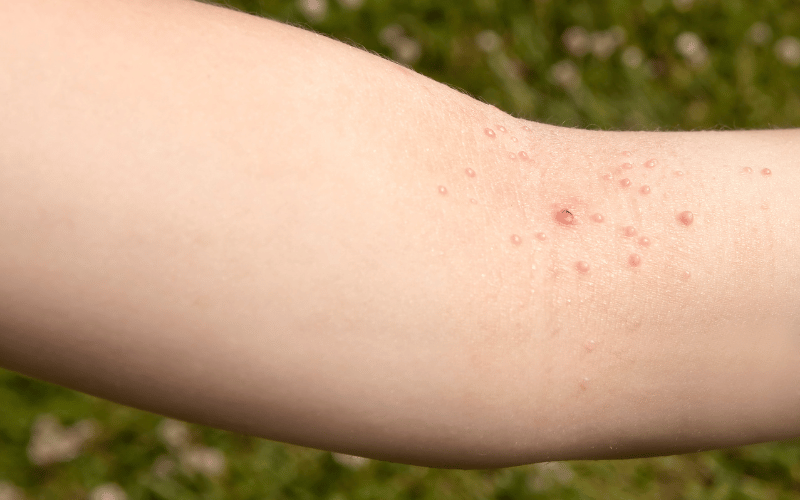8. Spread Patterns: Deciphering the Trajectory of Molluscum Contagiosum

The spread pattern of molluscum contagiosum is both predictable and erratic. While one might assume that the condition would spread uniformly across the body, MC has its unique trajectory. The virus typically favors areas of skin-to-skin contact, leading to clustered formations.
Areas like the inner thighs, armpits, and the crook of the elbow are prime real estate for MC. These sites often rub against other skin areas, facilitating the spread of the virus. For children, the face, neck, armpits, arms, and hands are common sites. For adults, the genitals, abdomen, and inner thigh are frequently affected.
Such a spread pattern offers insights into the condition’s contagious nature. Each site tells a story of contact, be it innocent play among children or intimate contact among adults. It’s a tapestry of human interaction, painted with the brush of a virus.
Beyond skin-to-skin contact, objects can also play a role. Towels, toys, or any shared item can facilitate the virus’s spread. It’s an intricate dance of contagion, one that requires a keen eye to decipher.
Understanding this spread pattern is crucial. It offers insights into prevention, management, and even the condition’s eventual resolution. It’s a roadmap, charting the course of a virus that thrives on human interaction. (8)